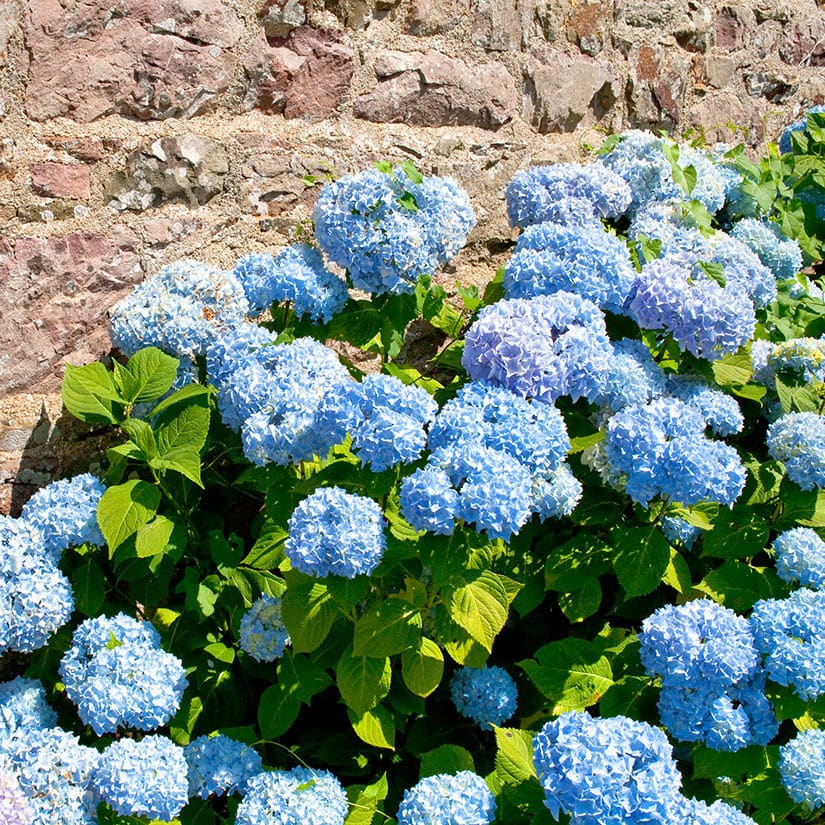By Mary Leigh Oliver
AUBURN UNIVERSITY, Ala. – The beauty of blooming hydrangeas can mask their tricky maintenance. Don’t let the fear of the unknown keep you from pruning—but take care to do it at the right time. To master hydrangea maintenance and keep the beautiful blooms coming, follow these practical pruning tips.
Pruning Purpose
“You could never prune hydrangeas and they will still flower, but at a slower rate and often times the blooms are much smaller,” said Alabama Extension agent Mallory Kelley. “If your hydrangeas are blooming fine this season, you may be wondering why pruning is necessary.”
While it may seem like a confusing, lost cause, pruning is necessary for successful hydrangeas.
Pruning promotes branching for the hydrangeas. The more pruning, the more it will encourage—and therefore increase—bud production and flowering for the next year.
Hydrangea Variations
Pruning hydrangeas serves as an area of confusion to many gardeners due to the multiple varieties common in Alabama flowerbeds.
Varieties that bloom early in the spring like mophead and oakleaf hydrangeas will need pruning right after they bloom. These will produce new wood through the summer and fall to have buds for next spring.
“If you wait until winter when they are dormant, you will be pruning away the buds,” Kelley said. “This removes where the flowers would bloom the next spring.”
Other varieties that require more sun like Lime Lights will bloom much later. In central Alabama, these variations typically bloom around July 4. In contrast to the mophead and oakleaf, prune these hydrangeas in the winter when they are dormant. After pruning, fertilize the hydrangeas in the spring to further stimulate new growth.
Proper Pruning
To begin pruning, it is best to first remove any dead or diseased material. “Sometimes hydrangeas can get some winter damage to tissue that did not have a chance to harden off before winter temperatures,” Kelley said. You will need to remove this tissue as well.
After pruning all dead material, mophead and oakleaf hydrangeas require no further maintenance until they finish flowering in early summer. Then, prune back the hydrangea to manage size at branch junctions or simply clip off the spent bloom a few inches below it. If gardeners spot a new forming bud while pruning, make sure to clip just above this bloom.
Pruning can be intimidating task to some gardeners.
“You can’t make too big of a mistake when pruning hydrangeas,” Kelley said. “Don’t be afraid to prune because it will stimulate new growth and new flowers.”
If the hydrangea seems to be struggling, the issue may be deeper than pruning. The issues could be associated with improper watering, lack of clean-up at soil level or insufficient morning sun.
If the thought of pruning becomes overwhelming, Kelley said it is best to simply remember: no matter the variation, it safe to prune hydrangeas after the blooms are spent.
Once pruning is complete, bring the beauty inside and use the blooms in various flower arrangements.
For more information on pruning and hydrangeas, visit the Alabama Extension website, www.aces.edu.







